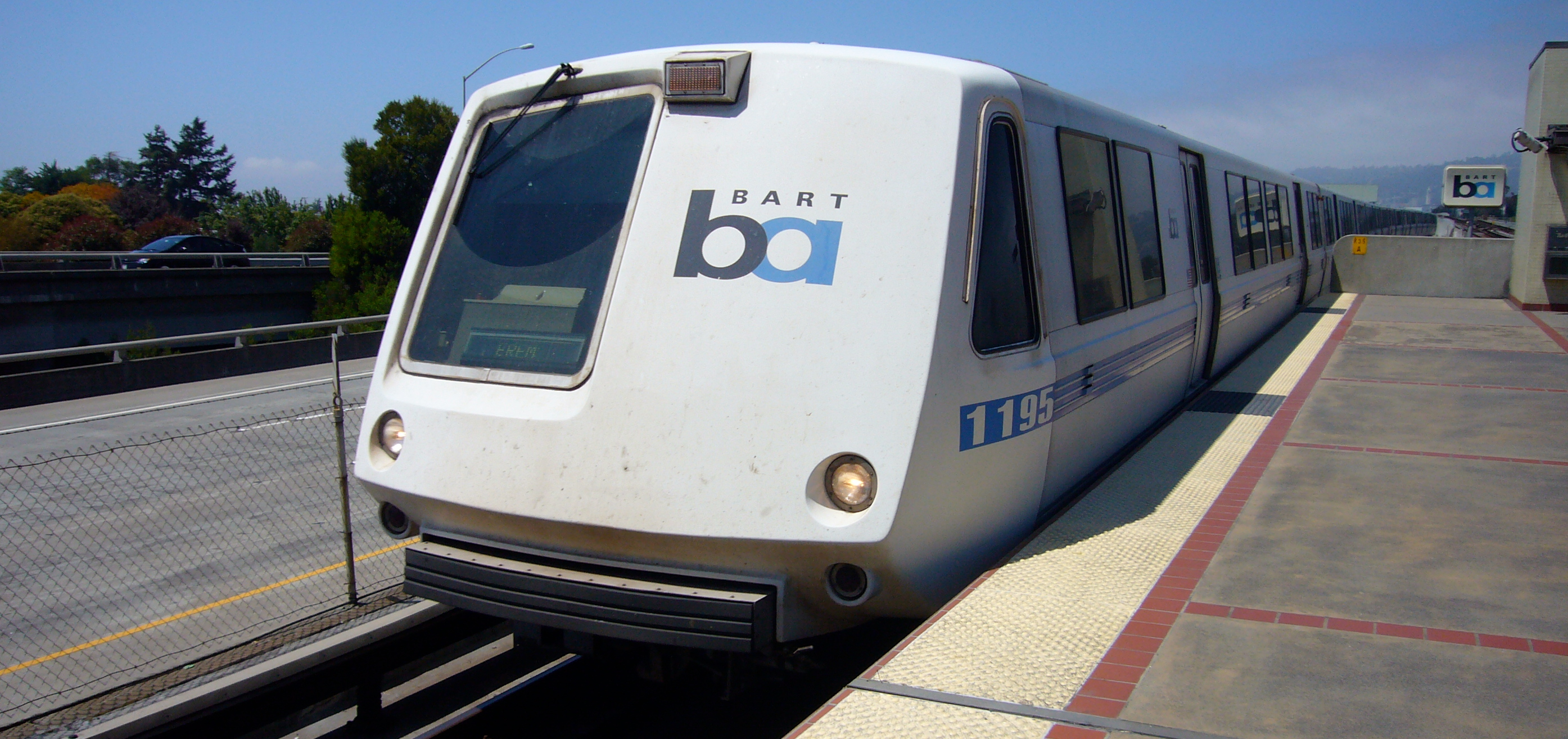DC robotics briefing a success, more education still needed
Last week, the Congressional Robotics Caucus Advisory Committee hosted a briefing in Washington to discuss ways to harness robotic technology for job creation. The overall goal of the event was to make the case that robots are not a threat, according to Mitchell Weiss, COO of Seegrid and one of four robotics industry leaders who spoke.
“It was better than I expected,” he said of his overall impression of the meeting. “We got some direct, important questions.”
Many Congressional staffers were in attendance Thursday afternoon at the Capitol Visitor Center, with more people in the meeting room than open chairs. The event was planned for 40 attendees, but Weiss estimates at least a dozen others stood. The other three speakers were Raj Madhavan, vice president of the Industrial Activities Board at the IEEE Robotics & Automation Society; Jeff Burnstein, president of the Association for Advancing Automation; and David Bourne, principle systems scientist at the Robotics Institute at Carnegie Mellon University.
The presentations mainly focused on the impact of robots on manufacturing and service jobs. The discussion included a detailed look at the economics of manufacturing, how robots reduce the impact of costs in areas where the U.S. is less competitive (such as taxes and cost of capital), how robots help the U.S. compete internationally and reshore jobs, as well as jobs and industries that wouldn’t exist without robots. All the presentation materials are available now at the Congressional Robotics Caucus Advisory Committee website.
After the formal briefing, there was a question and answer session. Weiss was generally impressed with the questions, but based on what he heard, he also thinks there’s still a lot of education to be done.
“It’s pretty clear that people are looking at robots for the obvious things, the defense applications and the manufacturing applications, but I don’t think they have an understanding of where the technology is taking us,” he said.
He said he appreciated a pointed question asking, “What about that order picker in the warehouse — isn’t this going to cost him a job?” In response, Weiss discussed how high growth and high turnover in the warehouse industry make it difficult to find workers, leaving robots to fulfill the demand that isn’t replaced with people.
Another direct question that was asked was, “What can Congress do?” In addition to extending the R&D tax credit, it was suggested that the U.S. should look at how it’s competing with other countries in terms of facilities and funding to support the industry.
“The Chinas, the Koreas, the Japans make it more of an national effort,” Weiss said. “We do it all in the free market.”
The Washington Post is planning an op-ed piece based on the meeting, and the Congressional Robotics Caucus Advisory Committee will continue to organize follow up events in Washington to educate legislators about robotics. Weiss, for one, says that after this experience he will continue to remain involved with the group, and he encourages others to lend their voices to the community of robotics advocacy groups that represent the industry. As someone who has been in the industry since the ’70s and seen its ups and downs, he has been largely impressed with the amount of “subdued, cerebral discussion” between the industry and government this time around.
“You leave there a little skeptical that they can do anything,” he said. “But at least they’re asking the questions.”
[ photo courtesy of Architect of the Capitol ]




“It was better than I expected,” he said of his overall impression of the meeting. “We got some direct, important questions.”